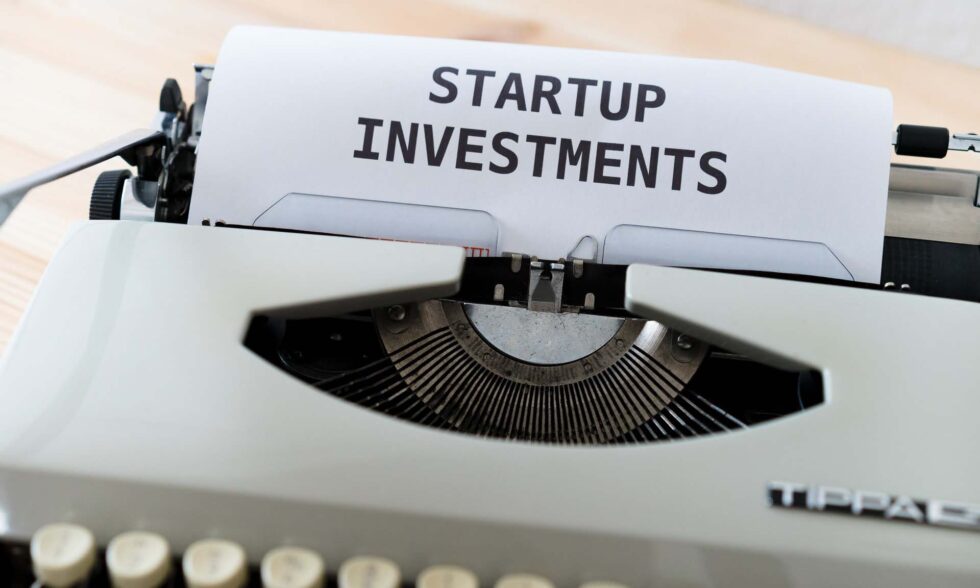Have a great Idea for a product? Are you expecting Investors to walk in to your door knocking for an opportunity to help you? Well it’s too good to be true! Startup funding is one of those difficult things that seem like it should be easy but isn’t! It’s a lot easier to get a personal loan from a bank than it is to raise money from investors for your business, if you are not prepared. This is why even if you are a Bootstrapped Company and not looking for funding today, it is good as a Founder to have knowledge on how to secure funds for your business at the right time without having to disrupt your operations at times of need. There are several different types of startup funding. These include angel investing, venture capital, crowdfunding, bootstrapping, and crowd lending.
The various stages of funding a Startup
There are many different kinds of startup funding available for entrepreneurs. Some people prefer to use traditional methods such as loans or grants while others choose more unconventional options. The most effective way to decide which option will work best for you is by understanding what stage your company is in and what needs you have. Here are some examples:
Pre-seed Funding
Pre-seed funding can be used as a means to get your product off the ground. It’s a terrific way to develop your prototype or proof-of-concept, to test your idea, and see if there is any interest from Institutional investors. You should use pre-seed funding wisely to develop your Prototype. Don’t spend all of your money on marketing and advertising. Instead, invest your funds wisely into developing your product as well. This will give you a better return on investment.
Many pre-seed funds come from the founders themselves, their close friends and family: Angels, hence the term Angel funding.
The amount of money that can be raised at this stage is not well known because most of the data on pre-seed funding is relatively not published in the startup funding world.
Seed Funding
Seed funding is available when there is enough evidence to show that the product works well. Investors want to see how much revenue they can generate through sales. They also look at whether the team members know each other well and if they have prior experience in developing a business and how good they are as a team working together. Potential investors at this stage are founders, friends, family, incubators, venture capitalists and others. Angel investors, who often participate in riskier ventures of founders with little track record to show, often provide seed funding because they believe in the entrepreneur and his vision. Seed funding usually comes with an agreement where the investor gets equity in exchange for his/her financial support.
In general, seed funding ranges between $500k-$2 million, depending on the size of the business and the amount of work required to build something like a simple application versus building a Complex Enterprise app. The evaluations would typically range between $3 – $6 million.
Series A Funding
This type of financing happens after the first round of User testing has been completed. Usually, at this stage, the business has proven its business model. Series A funding involves raising additional capital so that the company can expand its operations. At this point, the company needs to prove itself to potential investors that they are a business worth investing. Equity crowdfunding is becoming increasingly popular among early-stage companies looking for Series A funding. In these cases, the company raises small amounts of cash from individual investors instead of large institutional investors.
An average Series A Funding raises $2 – $15 million, usually led by one investor. Getting this one investor becomes key to having more investors interested.
Series B Funding
At this stage, the company has shown strong growth and opportunity for growth with profitability. Most businesses require series B funding before going public. The problems at this stage are building and growing a high-quality team, scaling up advertising, marketing and sales – all of which costs a lot of money. Are you equipped to grow from 1000 users to one million? How about ten?
To stay competitive, the startup must hire excellent talent at a range of roles. These include software engineers, designers, marketers, accountants, lawyers and executives. Funds raised at this stage will primarily be spent towards growing the team.
One report estimates that the average Series B funding raised is $33 million. Companies typically raise between $7 million and $10 million per round. They are valued around between $30 and $60 million.
Series C Funding
The final step in starting a successful business is getting ready to go public. This is also the stage where the product leaves the home country and reaches international markets. Once the company reaches this milestone, it becomes eligible to apply for listing on stock exchanges like Nasdaq. However, most startups don’t reach this level until several years later.
Building a winning product or service requires time, effort and resources. You may need to start out by bootstrapping your startup using savings and personal loans. As your business grows, you might consider seeking outside sources of funding such as angel investors, private equity firms, banks and venture capitalists. These types of investments are more likely to happen once your business has reached certain milestones.
In summary, there are three main stages of fundraising: Seed/Startup; Series A; and Series B/C. Each stage comes with different challenges and opportunities. It takes time to get through each phase successfully. If you have any questions, feel free to contact us!
In our next article, let’s deep dive into investment, shareholding & other avenues available to raise funds.

